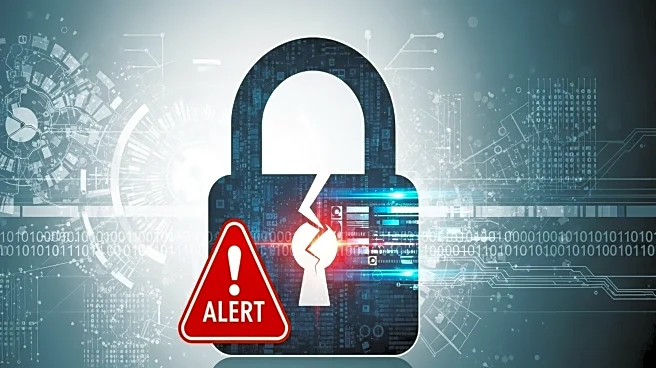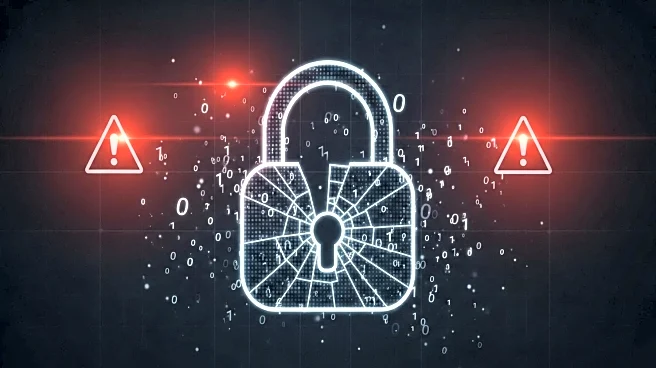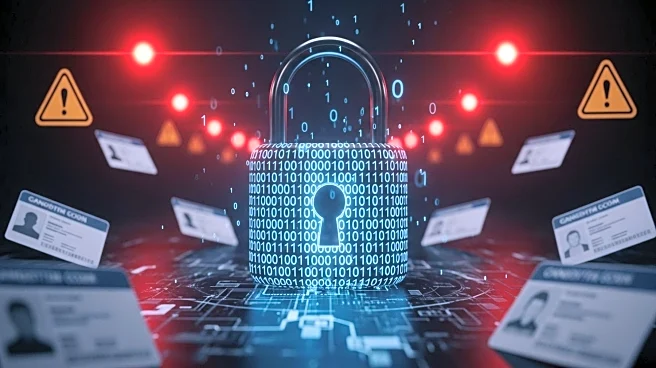What's Happening?
Discord has disclosed a data breach affecting approximately 70,000 users, where hackers accessed government-issued ID photos submitted for age verification through a third-party service provider. The breach occurred after unauthorized access to the third-party vendor's system, which was used to review age-related appeals. Discord confirmed that the stolen information may include names, email addresses, and limited billing information, but assured that password and authentication data were not compromised. The breach is part of Discord's compliance with the UK government's Online Safety Act and the EU's Digital Services Act, which require age verification for users.
Why It's Important?
The breach highlights significant concerns regarding the security of personal data in age verification processes. With the increasing implementation of age verification laws across various regions, including the U.S., platforms are required to collect sensitive information, such as government IDs, to ensure compliance. This incident underscores the vulnerability of third-party systems and the potential risks associated with outsourcing data handling. It raises questions about the adequacy of security measures and the responsibility of companies to protect user data, potentially affecting millions of users globally.
What's Next?
Discord has notified relevant data protection authorities and engaged with law enforcement to investigate the attack. The company is reviewing its threat detection systems and auditing third-party systems to ensure compliance with security standards. Affected users are advised to remain vigilant for suspicious communications, and Discord has service agents available to provide support. The breach may prompt further scrutiny of age verification processes and lead to increased regulatory pressure on companies to enhance data protection measures.
Beyond the Headlines
The breach raises ethical concerns about the balance between user safety and privacy. As platforms increasingly rely on age verification to comply with safety regulations, the risk of data exposure grows. This incident may lead to discussions on alternative methods of age verification that minimize data collection and enhance user privacy. It also highlights the need for robust cybersecurity practices and accountability in handling sensitive information.










